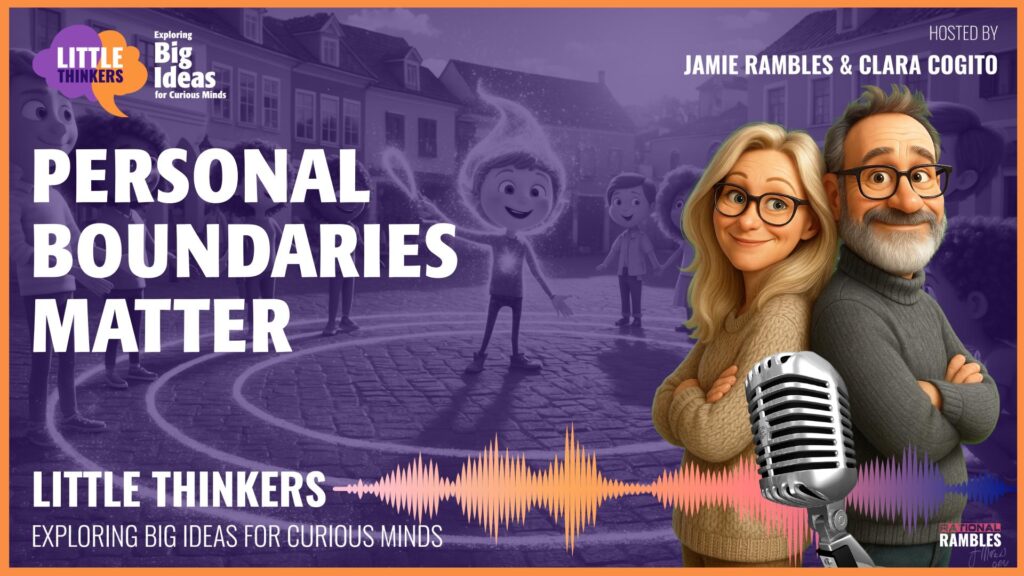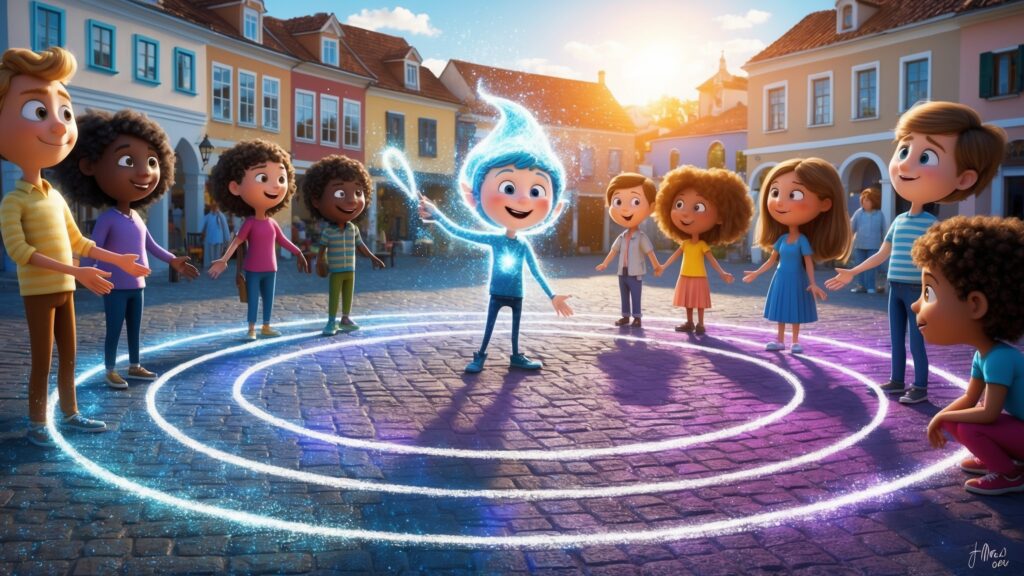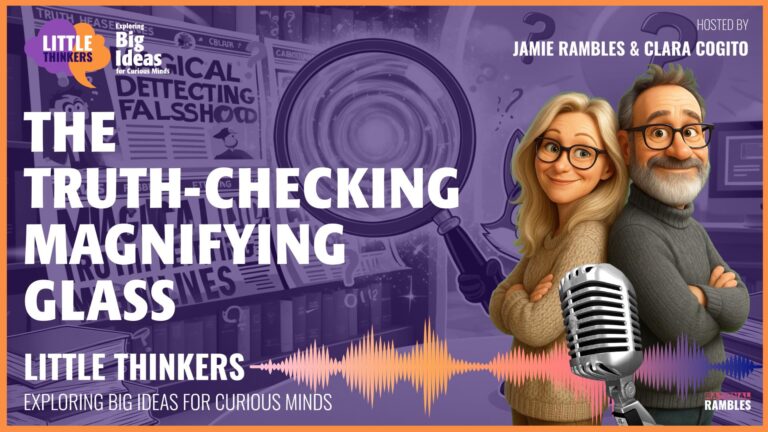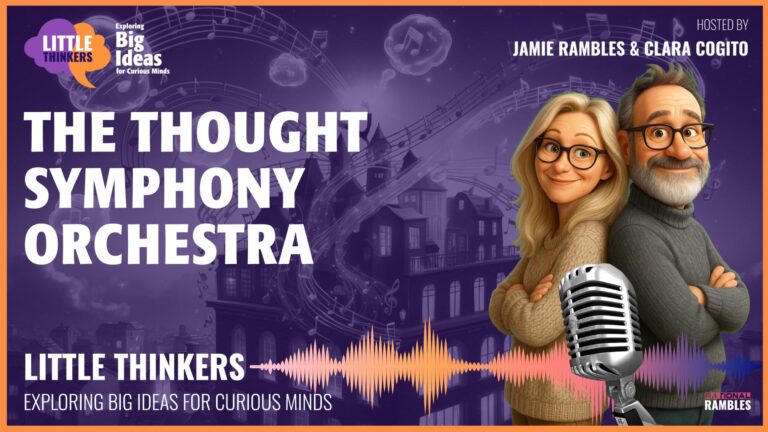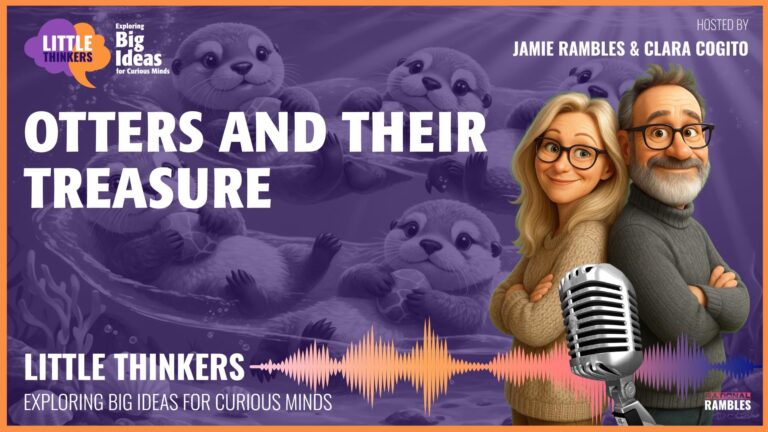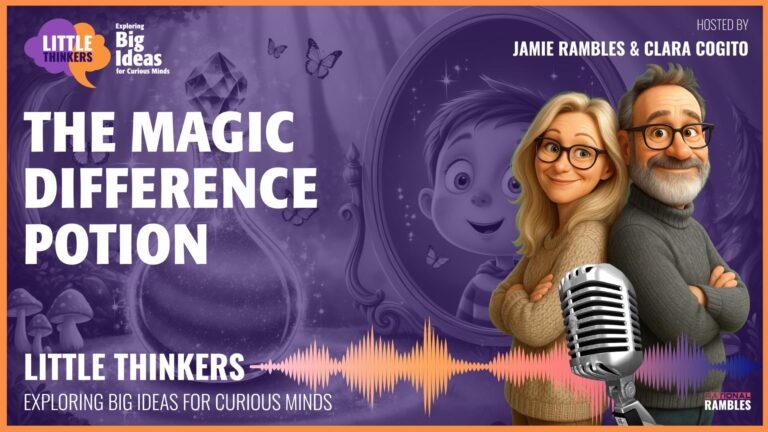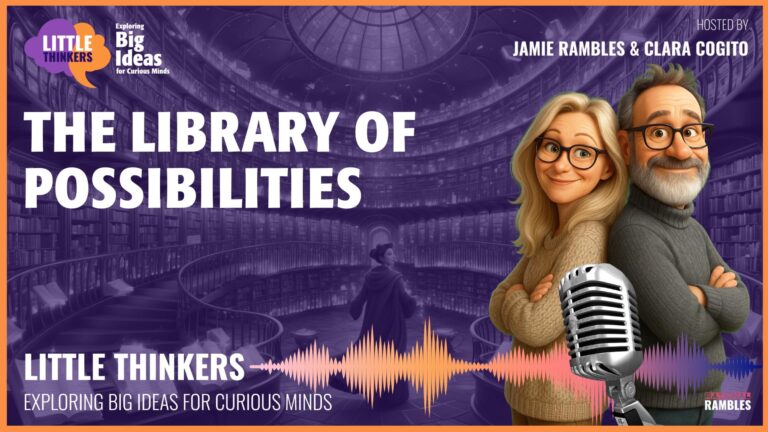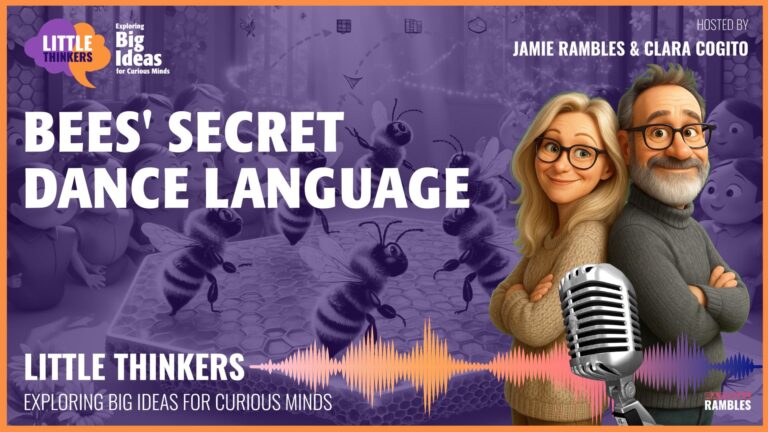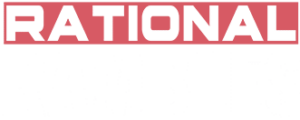My Magical Boundary Bubble: Understanding Personal Space and Respect
What if you had a magical chalk line around you?
Imagine if you had a special, sparkly piece of chalk that could draw a magical line around you! This line would show everyone exactly how much space belongs just to you. Some days you might draw your line super close, making a tiny bubble. Other days, you might make a huge circle that gives you lots of room. Wouldn’t that be amazing?
Even though we can’t see them with our eyes, we all actually do have these magical lines around us! They’re called our personal boundaries (that means the invisible space that belongs just to you).
What are personal boundaries anyway?
Personal boundaries are like your very own force field or bubble that shows what you’re comfortable with. They help other people know:
- How close they can come to you
- Whether they can touch you or your things
- What kinds of words feel okay to you
- How you want to be treated
The really cool thing is that everyone’s boundaries look different! Your boundary bubble might be totally different from your best friend’s, your brother’s, or your teacher’s. Our brains are all unique that way.
Boundary Bubbles Are Different Shapes and Sizes!
Think about it: some kids love big bear hugs from everyone they meet. Their boundary bubble might have lots of doorways for hugs to come through! Other kids only want hugs from their family or close friends. Their boundary bubble might have fewer doors and stronger walls. Both ways are perfectly okay!
The Amazing Types of Boundaries
Did you know that boundaries aren’t just about who can stand close to you? They’re about lots of different things!
Physical Boundaries
These are about your body and your space. Maybe you don’t like having your hair touched, or maybe you need some quiet space when you’re reading. Your body belongs to you!
For example, if someone keeps tickling you after you’ve asked them to stop, that’s crossing your physical boundary. You have the right to say, “Please stop tickling me. I don’t like it.”
Stuff Boundaries
These are the magical lines around your special things. Imagine you have a super secret box of treasures, a special stuffed animal, or a journal filled with your thoughts. You get to decide who can touch these things!
Like when your little sister grabs your favorite toy dinosaur without asking – that crosses your stuff boundary. You could say, “That’s special to me. Please ask before you play with it.”
Feeling Boundaries
Sometimes our feelings need boundaries too! If a friend says, “That’s silly to feel sad about your fish dying,” they’re crossing your feeling boundary. Your feelings are important and real!
You could respond with: “My feelings aren’t silly to me. I really loved my fish.”
How do I know when someone crosses my boundary?
Your body is super smart! It has a special alarm system that goes off when someone crosses your boundaries. It’s like having a superhero radar inside you!
When someone crosses your boundary, you might feel:
- A tight, squeezy feeling in your tummy
- Your heart beating faster
- Your face getting hot
- A feeling like you want to step back
- A voice in your head saying “Whoa! That doesn’t feel right!”
This is your body’s way of shouting: “Hey! Boundary alert! Boundary alert!”
If Your Boundary Had a Sound Effect…
If your boundary could make a sound when someone crossed it, what would it be? Maybe a loud “BOING-OING-OING!” like a springy doorstop? Or a “DING-DING-DING!” like a game show buzzer? Or even a “SWOOSH-PING!” like a force field in a space movie?
Close your eyes for a moment and imagine what sound YOUR boundary would make!
Boundaries change like the weather!
Here’s something super important to know: your boundaries can change depending on how you feel, who you’re with, and what’s happening around you!
When you’re feeling sick, your boundary bubble might get ENORMOUS – you might not want anyone near you except maybe a parent bringing you soup. But when you’re having an awesome day playing with your best friends, your bubble might shrink way down small.
Scientists who study brains have discovered that our comfort with closeness can change based on:
- Our feelings that day
- How much sleep we’ve had
- Who the other person is
- Where we are (school playground vs. crowded elevator)
Your brain is constantly redrawing those magical chalk lines to keep you feeling safe and comfortable!
Being a Boundary Detective
Just like you have boundaries, everyone else does too! Being a good friend means being a boundary detective – someone who looks for clues about other people’s comfort zones.
Here are some clues that might tell you about someone else’s boundaries:
- They take a step back when you get close
- They hug their teddy bear tighter when you reach for it
- They get a worried look on their face
- They cross their arms over their chest
- They say “No thanks” or “Maybe later”
When you notice these clues, you’re being a super awesome boundary detective! You’re showing respect for their magical chalk lines, even if you can’t see them.
The Golden Rule of Boundaries
Just like you want others to respect your boundaries, it’s important to respect theirs too! This is the golden rule of boundaries. When someone says “No thanks” to a hug, they’re not rejecting YOU – they’re just telling you where their boundary line is right now.
When someone keeps crossing your boundary line
Sometimes, even after you’ve explained your boundary clearly, someone might keep crossing it. What can you do?
First, try making your boundary SUPER clear. Instead of just saying, “I don’t like that,” you might need to say in a strong, serious voice: “STOP touching my hair. That crosses my personal boundary.”
If that doesn’t work, it’s absolutely okay to get help from a trusted grown-up. You could say:
- “I need some help protecting my boundaries.”
- “I’ve asked [person] to stop [action], but they keep doing it.”
- “Can you help me find words to explain my boundary?”
Remember: Teachers, parents, and other caring adults can be like boundary helpers!
The Tricky Business of Hugs and Touches
Some people LOVE big squeezy hugs, and some people really don’t like being touched. How do we know what’s okay?
This is where ASKING becomes super important! Try:
- “Can I give you a hug?”
- “Are you okay with high-fives?”
- “How do you like to say hello?”
And then the MOST important part – we need to be okay with whatever answer we get! If someone says “No thanks” to a hug, it doesn’t mean they don’t like you. It just means they’re setting their boundary.
What About Family Hugs and Kisses?
Sometimes grown-ups in families have different ideas about hugs and kisses. Maybe your aunt always wants to pinch your cheeks, but your face feels like it has the strongest boundary lines of all!
It’s okay to politely say: “I love seeing you, but I don’t enjoy cheek pinching. Could we do a high-five instead?” This offers another way to connect that works for both of you.
Remember: Your body belongs to YOU, even with family members!
When it’s hard to say “no”
Sometimes we feel bad saying no to friends. Maybe your best friend wants to play a game you really don’t want to play. Your tummy gets all twisty, and you say “yes” even though your boundary line is screaming “NO THANK YOU!”
This happens to SO many kids (and grown-ups too!). We worry about hurting feelings or seeming mean.
But here’s a thought treasure: When we respect our own boundaries, we’re teaching others how to treat us with respect too. Real friends want you to be honest about your boundaries.
You could try saying:
- “I don’t want to play that game right now, but I’d love to play this other game!”
- “I need some alone time right now, but maybe we can play later.”
- “I’m not comfortable with that. Could we try something else?”
You’re not rejecting the person – just saying no to one specific activity. That’s being honest, not mean!
Your Magical Boundary Chalk
Let’s try an activity! Close your eyes and imagine you’re holding a piece of magical chalk. What color is it? Is it sparkly? Does it glow in the dark?
Now imagine drawing a line around yourself that shows your personal space today. Is it a big circle or a smaller one? Does it have doors that special people can come through?
Next, draw more magical lines around:
- Your special toys or treasures
- Your feelings when someone says something unkind
- Your ideas and thoughts when you’re creating
- Your time when you need quiet moments to yourself
Look at all those beautiful boundary lines! They help keep you safe and comfortable.
Boundaries Have Doors, Not Just Walls
Here’s a super cool way to think about boundaries: they aren’t just walls that keep everyone out. They can have doors that you choose when to open and for whom!
Maybe your boundary around hugs has a big door for Mom and Dad, a medium door for grandparents, and a smaller door that only opens sometimes for others.
YOU are the doorkeeper of your boundaries. You decide who gets to come through and when!
Three Big Boundary Ideas to Remember
As you go through your day, remember these three big ideas about your magical boundary chalk:
- You get to decide your own boundaries. Your body, your feelings, and your things belong to you!
- Boundaries can change depending on how you feel and who you’re with. That’s normal and healthy!
- Respecting other people’s boundaries is just as important as protecting your own. We all have different comfort zones.
If you forget what to do, just imagine that magical chalk in your hand, ready to draw those important lines that help you feel safe and respected!
Why Do Boundaries Matter So Much?
Your boundaries matter because YOU matter! Having clear boundaries helps you:
- Feel safe and comfortable
- Know what feels right for you
- Build healthy friendships where everyone respects each other
- Take good care of your feelings
- Understand yourself better
And respecting others’ boundaries shows what a thoughtful, caring person you are! It’s like giving someone a gift that says, “I care about what makes you comfortable.”
Questions to wonder about…
As you go through your day, here are some boundary questions to think about:
- What color would your boundary chalk be?
- Which of your things has the strongest boundary around it?
- How does your body feel when someone respects your boundary?
- What kinds of boundaries do your pets seem to have?
- How might boundaries be different in different places (school, home, playground)?
Remember, asking questions about boundaries is how we learn to respect ourselves and others! Your magical boundary chalk lines are important – keep them bright and clear, and help others notice and respect them too!

